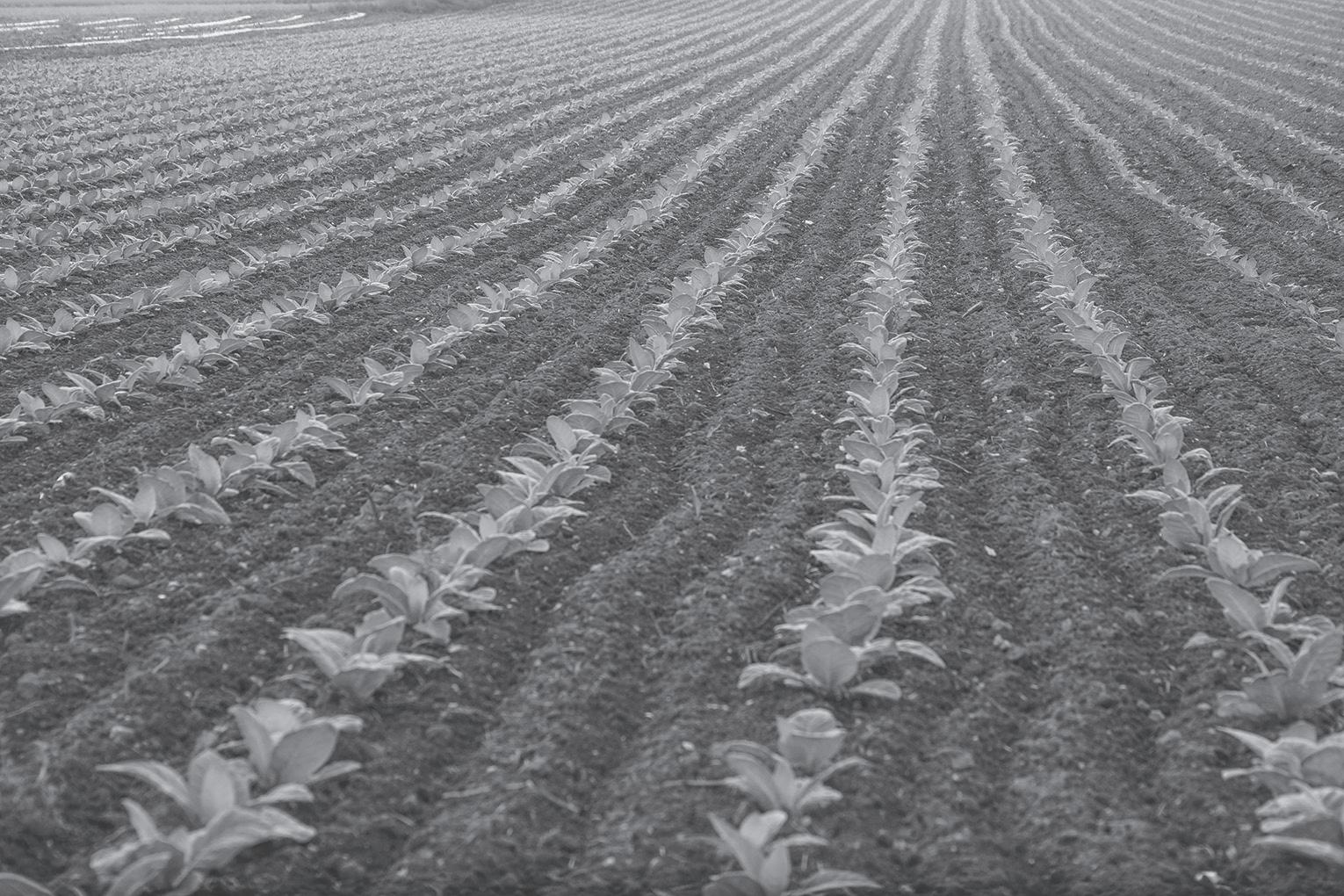3 minute read
Working with wool no easy task
Next Article
By Eliza Blue
When we were kids, my brother always wanted to play army and I always wanted to play pioneer family. It is funny how things work out. My brother has been employed by the U.S. Army his entire adult life; I live in a house built by a pioneer family, and though I am by no means living the life of a pioneer, I get to brush up against it with some regularity.
For example, several years ago I was asked to participate in a “Women Homesteaders” event with a handson demonstrations. I knew right away what skill I wanted to share — working with wool. It was kind of sneaky, really. I’ve been knitting on and off for almost two decades, keeping sheep for half that long, and, for the past few years at least, reading about all the steps in between.
I even own a spinning wheel and a set of hand carders, but since the birth of my children, I hadn’t found time to use either. Meanwhile, the storage shed had several years’ worth of bagged fleece just waiting for me. I figured volunteering to demonstrate some of the homesteader skills required to turn a sheep fleece into a sweater would be the kick in the pants I needed to actually do it myself.
Step one: Wash the wool. Of course, as anyone who has ever accidentally put a fine wool sweater in the washing machine knows, you have to be careful when washing wool. You must use the hottest water possible and plenty of soap to remove the lanolin, but water can not be poured directly on the fleece, and you can not agitate the wool at all. Sounds easy enough, right?
During my first attempt, 10 rinses in, the water I was washing off the fleece was still thick with grit and grime. And not agitating was completely impossible — you’d have to have the patience of a saint to calmly and slowly wash wool for hours on end, which, I can now say with assurance, I do not. By rinse 11, I was pretty much wildly swishing the wool around, not caring if it ended up felting, just so long as it came clean.
But let me backtrack for a moment. The first step in preparing a fleece is actually skirting, not washing. Skirting is a process by which the nastiest parts of the fleece are removed before you even bring it inside. You can probably guess which parts of the fleece I’m talking about.
During the skirting process, you also remove VM, or vegetable matter, from the wool. As you might imagine, a sheep out to pasture for a year will accumulate a LOT of VM. Every twig and hay needle, every cocklebur
Eliza Blue Little Pasture on the Prairie
and burdock bur — it all has to be extracted before the wool can be spun into yarn. I’d pulled off a lot of yucky stuff before plopping my fleece into the tub, but there was still plenty left behind.
This is why people who keep fine wool sheep often put coats on their flocks. That always seemed a bit fussy to me. It certainly wasn’t the way pioneers did it. But, hunched over the bathtub, neck and back arched and aching, I began to see the wisdom of the practice.
Each painstaking rinse, done as gently as I could muster, also gently wore away my desire to do things strictly the “pioneer way.” In the end, I determined the first fleece “clean enough” after 15 washes, though it was still grayish and full of hay.
Fortunately, I found the other parts of the process much more pleasant. Carding especially has a quality of timelessness that I love, and keeping your hands busy while your mind is free to roam, and spinning is similarly relaxing. However, like garden tillers and penicillin, I can now add machine spun yarn to the list of the many perks of modern life. I still think it is good to be reminded of our heritage and to slow down, but I might not be ready to go that slow just yet.
(Eliza Blue is a shepherd, folk musician and writer residing in western South Dakota. In addition to writing her weekly column, “Little Pasture on the Prairie,” she writes and produces audio postcards from her ranch and just released her first book, “Accidental Rancher.” She also has a weekly show, “Live from the Home Farm,” that broadcasts on social media every Saturday night from her ranch.)

Holstein Assoc. honors Pa.’s Brantner family

BRATTLEBORO, Vt. — Every year, Holstein Association USA recognizes breeders who have developed herds with incredible production and type with the Herds of Excellence award. Ten outstanding Registered Holstein herds have achieved this honor with their 2022 records. The award is a testament to the hard work, attention to detail, and consistency these dairy farm families put into caring for their cows.
The award is broken down into three divisions based on herd size, including the Large Herd Division (500+ cows), Medium Herd Division (100-499 cows) and Small Herd Division (10-99 cows).
Show-Mar Holsteins owned by the Brantner Family from Evans City, Pennsylvania, is a winner in the Small Herd Size Division and is a three-year honoree.
Their statistics include:
• 100% homebred
• AACS — 89.5 points
• ME Production Averages —
38,394M 1,562F 1,181P
The awards will be presented during Holstein Association USA’s 137th Annual Meeting in Lexington, Kentucky. To register for convention or learn more, visit 2023nationalholsteinconvention.com.









